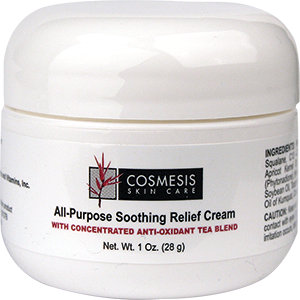| In general, surgery can be divided into three main phases: the preoperative period; the period during the surgery; and the postoperative, or recovery, period. At each of these stages, patients can take an active role in their own well-being by following documented steps to support their body’s antioxidant stores, reduce inflammation, and modulate the immune responses that accompany surgery. By paying careful attention to nutritional status, patients can speed their recovery and experience more successful results (Asher ME 2004; Schmiesing CA et al 2005). Each of the three phases of a surgical procedure poses different threats to the patient’s well-being, although there may be considerable overlap. The most variable phase is the preoperative, or preparatory, phase. In the case of emergency surgery, this period may be limited to a very few hours (and in the case of trauma even to a few minutes). In most cases, however, both the patient and the surgical team have longer to prepare, and it is during this period that many nutritional interventions can be made. One overlooked statistic is that up to 50 percent of patients admitted to hospitals are malnourished (Patel GK 2005). This startling statistic underscores the critical importance to the surgical patient of proper nutritional intervention. Virtually all disease processes that require surgery, including traumatic injury, impose substantial oxidative threats to tissue (DeWeese TL et al 2001). For instance, initial oxidative (free radical) damage can be caused by impaired blood supply as a tumor presses on major vessels or diverts blood from healthy tissues. Toxins may be released from infected or malignant tissue or by release of intracellular contents, including protein-damaging enzymes, from dying cells (Michalik L et al 2006). Blood released from normal circulation into various body compartments, such as the abdomen, can itself produce oxidative damage (Potts MB et al 2006). An early response to oxidative damage is inflammation, which is aimed at destroying unhealthy tissue or invading infectious agents. It is widely recognized that psychological and emotional stress reduces the body’s immune function and renders people more vulnerable to disease; scientists today understand that much of this effect is mediated by brain structures that influence the production of stress-induced hormones such as corticosteroids (Leonard BE 2005; Straub RH et al 2005). | 
Join us in Los Angeles for the Prostate Cancer Conference. The 1 ½ day conference features an impressive line-up of clinicians and researchers who will tackle subjects ranging from diet and nutrition, sexual health, erectile dysfunction, active surveillance, hormone treatments, radiation, chemotherapy and much more! Presentations on: - Chemotherapy
- Hormone blockade
- Active surveillance
- Diet and nutrition
- Erectile dysfunction
- Radiation therapy
- The current state of immunotherapy
- 2010: What works and what’s worthless
- Round-table discussions: watch and hear speakers’ multidisciplinary approach to actual clinical cases
- Opportunities to interact with speakers after their presentations
To register, visit
http://www.prostate-cancer.org/pcricms/node/376
https://www.lifeextension.com/event |
















